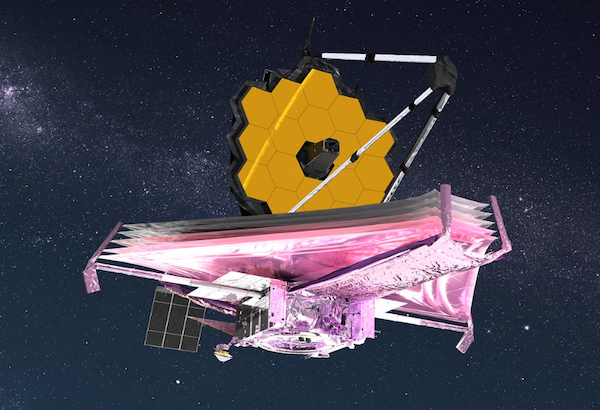Missions & Projects
Featured
Alphabetical
By Last Name:
Displaying records 1 to 24 of 38.
Show:
Advanced Composition Explorer (ACE)
The Advanced Composition Explorer (ACE) studies energetic particles from the sun as well as sources within and outside our galaxy. ACE observations contribute to our understanding of the formation and evolution of the solar system as well as the astrophysical processes involved. NASA's Goddard Space Flight Center provided detectors and telescopes for several of ACE's instruments. The mission launched in 1997.
Key Staff
- Project Scientist: Eric Christian

AstroSat
ASTROSAT is a multi-wavelength astronomy mission on an IRS-class satellite in a 650-km, near-equatorial orbit.
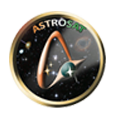
Burst Alert Telescope (BAT)
With its large field-of-view (2 steradians) and high sensitivity, the BAT detects about 100 Gamma Ray Bursts per year, and computes burst positions onboard the satellite with arc-minute positional accuracy.

BurstCube
The BurstCube mission is a small (6U) Cubesat to detect gamma-ray burst events, providing rapid alerts and initial detection localization. It operates from low earth orbit after being deployed from the International Space Station. BurstCube has been developed at NASA Goddard Space Flight Center’s Astrophysics Science Division.

Calorimetric Electron Telescope (CALET)
CALET will measure the high-energy spectra of electrons, nuclei, and gamma-rays to address outstanding questions including signatures of dark matter, the sources of high-energy particles and photons, and the details of particle acceleration and transport in the galaxy.
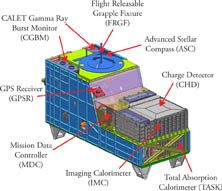
Cosmic Ray Balloon Instruments
NASA scientists have flown several instruments on high-altitude balloons to study the origin of cosmic rays. The Balloon Experiment Superconducting Spectrometer (BESS), in partnership with the University of Tokyo, observes antimatter cosmic rays. The Cosmic Ray Energetic and Mass (CREAM) with University of Maryland, targets high-energy cosmic rays. And the Super Trans-Iron Galactic Element Recorder (SuperTIGER) with Washington University, focuses on cosmic ray elemental abundances.
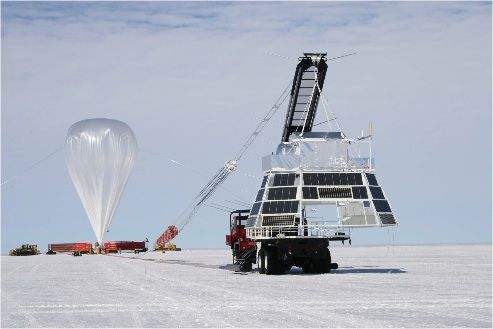
Cosmic Ray Energetics and Mass (CREAM)
The balloon-borne CREAM instrument was developed for direct measurements of cosmic-ray spectra

Fermi Gamma-ray Space Telescope
The Fermi Gamma-ray Space Telescope is opening a wide new window on the universe. Gamma rays are the highest-energy form of light, and the gamma-ray sky is radically different from the one we perceive with our own eyes. Fermi is advancing our understanding of a broad range of topics, including supermassive black holes, dark matter studies, the physics of pulsars and gamma-rays bursts, and the origin of cosmic rays. The mission observes high-energy gamma rays over a broad range of energies as well as more focused gamma-ray bursts. Fermi was launched in 2008.
Key Staff
- Project Scientist: Julie McEnery
- Project Scientist: Elizabeth Hays
- Deputy Project Scientist: David Thompson
- Deputy Project Scientist: Judith Racusin

Fermi Science Tools
The Fermi mission is providing a suite of tools called the Fermi Science Tools for the analysis of both LAT and GBM data. This suite was developed by the FSSC and the instrument teams, and was reviewed by the Fermi Users' Group.

FITSIO (FITSIO)
CFITSIO is a library of C and Fortran subroutines for reading and writing data files in FITS (Flexible Image Transport System) data format. CFITSIO provides simple high-level routines for reading and writing FITS files that insulate the programmer from the internal complexities of the FITS format. CFITSIO also provides many advanced features for manipulating and filtering the information in FITS files.

FV: The Interactive FITS File Editor
Fv is the easy to use graphical program for viewing and editing any FITS format image or table.

HaloSat (HaloSat)
HaloSat was designed to survey the distribution of hot gas in the Milky Way and constrain the mass and geometry of the Galactic halo.

Hera -- Astronomical Data Analysis over the Internet
Hera is the new data processing facility provided by the HEASARC at the NASA Goddard Space Flight Center for analyzing FITS format. astronomical data files.

High Energy Astrophysics Science Archive Research Center (HEASARC)
The High Energy Astrophysics Science Archive Research Center (HEASARC) is the primary archive for NASA missions dealing with extremely energetic phenomena, from black holes to the Big Bang. Having recently merged with the Legacy Archive for Microwave Background Data Analysis (LAMBDA), it includes data obtained by NASA's high-energy astronomy missions from the extreme ultraviolet through gamma-ray bands, along with missions that study the relic cosmic microwave background.

High-Resolution Microcalorimeter X-ray (Micro-X)
Micro-X is a NASA-funded X-ray space telescope payload, part of NASA's sounding rocket program. We successfully flew the first Transition-Edge Sensor (TES) microcalorimeter array in space during our first flight in July, 2018. Our next flight to observe Cas-A is scheduled for September 2019. Our versatile science program includes high-resolution spectroscopy of supernova remnants and searches for dark matter in the Milky Way.

Hubble Space Telescope (HST)
The Hubble Space Telescope (HST) is a multi-instrument observatory that has dramatically changed humanity's understanding of the universe for over two decades, with dramatic images of stars, planets, and galaxies. Hubble orbits Earth; its position above the atmosphere, which distorts and reduces the light that reaches the surface, gives it a view of the universe that typically surpasses that of ground-based telescopes. HST's various instruments investigate the universe in the visible, ultraviolet, and infrared portions of the spectrum. HST was deployed from the space shuttle Discovery on April 25, 1990. After that, the telescope underwent five servicing missions to repair or upgrade various instruments and systems.
Key Staff
- Project Scientist: Jennifer Wiseman
- Operations Project Scientist : Kenneth Carpenter

Imaging X-ray Polarimetry Explorer (IXPE)
The Imaging X-ray Polarimetry Explorer (IXPE) exploits the polarization state of light from astrophysical sources to provide insight into our understanding of X-ray production in objects such as neutron stars and pulsar wind nebulae, as well as stellar and supermassive black holes.
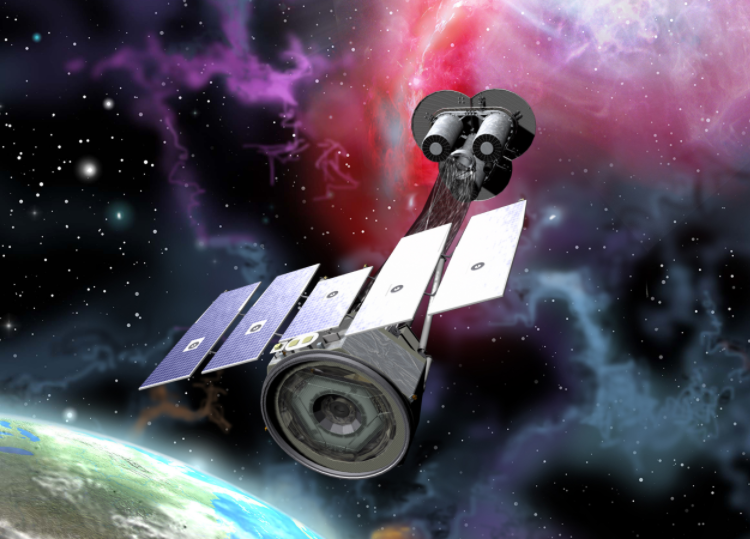
INTEGRAL: International Gamma-Ray Astrophysics Laboratory (INTEGRAL)
INTEGRAL is a European Space Agency (ESA) mission with participation by NASA and Russia to provide imaging and spectroscopy of the gamma-ray sky. The satellite observes the most violent and exotic objects of the universe and helps us to understand the formation of new chemical elements, the extreme conditions near the outer edges (event horizons) of black holes, and other essential astrophysical issues. ESA launched the observatory in 2002.
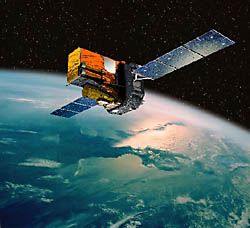
James Webb Space Telescope (JWST)
The James Webb Space Telescope (JWST) is a large space observatory that will operate in an orbit some 1 million miles from Earth. JWST will find the first galaxies that formed in the early universe, connecting the Big Bang to our own Milky Way Galaxy. It will also peer through dusty clouds to see stars forming planetary systems, connecting the Milky Way to our own solar System. Webb's instruments are designed to work primarily in the infrared range of the electromagnetic spectrum, with some capability in the visible range. The observatory was launched on Dec 25, 2021.
Key Staff
- Project Scientist for Policy and Science Community: Stefanie Milam
- Project Scientist: Jane Rigby
- Observatory Project Scientist: Michael McElwain
- Operations Project Scientist : Knicole Colón
